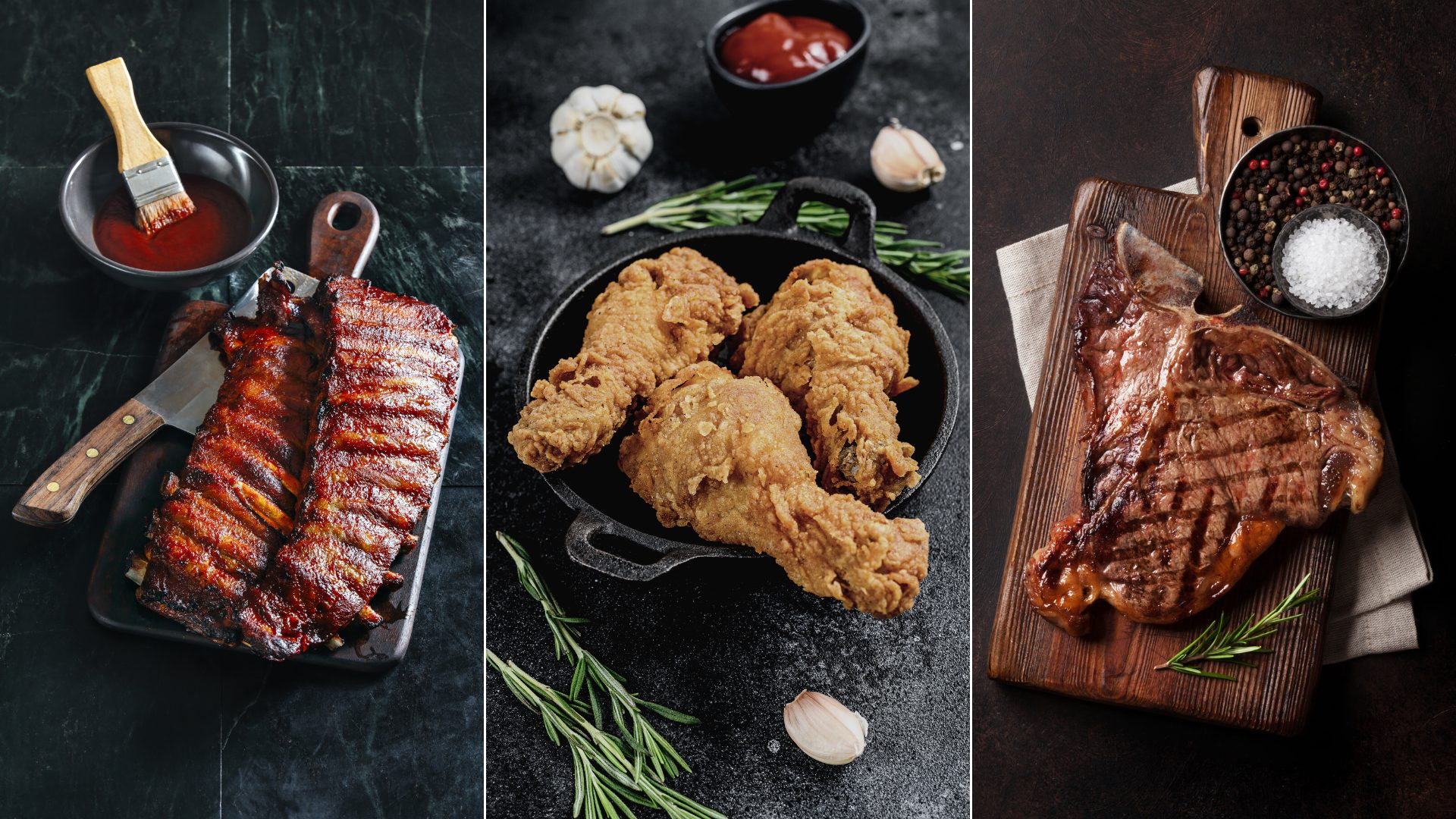The alternative meat market was worth $1.3 billion in 2020, but it’s now valued at $1.1 billion. While 2024 profits outperformed pre-pandemic numbers, the slump in sales is troubling for the plant-based industry.
Though meat substitutes have taken a hit across the board, some plant-based products are bearing the brunt – particularly refrigerated chicken nuggets, which experienced a sharp decline of 56.2% in 2024 – but why?
Fresh vs. Frozen Meat Alternatives
Total alt-meat sales were down 11.5% in 2024, but the declines impacted the fresh and frozen categories very differently. While frozen sales decreased by 8%, the sales of fresh, refrigerated items dropped a whopping 17.3%.
According to Circana’s Current State of Meat Alternatives report, frozen plant-based products accounted for 70% of the U.S. alternative meat market share.
While 63% of fresh meat alternative buyers also buy frozen items, only 36% of frozen shoppers also buy fresh.
In addition, the heaviest buyers of plant-based products strongly prefer frozen over fresh items, which could be playing a role in the declined sales of refrigerated meatless chicken nuggets.
Fresh vs. Frozen Nuggets
Another potential reason that the sales of fresh “chick’n” nuggets are in freefall is that there simply aren’t that many products on the market.
Even a quick Google search for “refrigerated plant-based chicken nuggets” or “fresh plant-based chicken nuggets” corroborates this claim, as the results for both queries contain mostly frozen items.
In the refrigerated aisle, the pickings are slim for vegan chicken nuggets. While Daring’s Plant Chicken Pieces are technically fresh, they’re grilled and not fried, so calling them “nuggets” is a bit of a stretch.
The same can be said for the Vegetarian Butcher’s What the Cluck vegan chicken-style chunks; however, they do provide directions for transforming the chunks into full-fledged nuggets on their website.
On the flip side, Like Meat’s refrigerated Like Nuggets are in fact breaded, but the kicker? They’re currently only available in Denmark, Norway, and Sweden.
Plant-Based vs. Traditional Nuggets
Whether the nuggets are made with chicken of the vegan variety or with 100% real poultry, the lion’s share is sold in the frozen section.
As a result, many buyers may not be scoping out the refrigerated section for their chicken nuggets.
“It’s important to consider where shoppers are expecting to find their meat alternatives,” advises Circana Executive VP Chris DuBois.
Currently, only a few traditional meat manufacturers offer refrigerated chicken nuggets. Perdue purportedly sells “the only breaded, ready-to-eat chicken in the refrigerated aisle raised with no antibiotics ever,” and some grocery store delis also carry fresh chicken nuggets, but the majority of breaded items are sold frozen because the quality is harder to maintain.
But considering that a growing number of consumers are prioritizing convenience over other selling points, the refrigerated chicken nugget market may make a comeback.
The Ultra-Processed Panic
On top of the fresh vs. frozen aspect, the recent ultra-processed panic over plant-based products with long lists of ingredients could be hurting the sales of refrigerated meatless chicken nuggets as well.
A study published in Lancet Regional Health – Europe found that for every 10% increase in calories from ultra-processed plant-based foods, there was a 5% higher risk of heart disease, as well as a 6% hike for coronary heart disease.
Moving forward, alternative meat manufacturers that prioritize ingredient transparency, as well as narrowing the hefty price-per-pound gaps between their plant-based chicken nuggets and traditional types, will likely be key.
The Food Institute Podcast
Restaurant results for the second quarter weren’t stellar, but people still need to eat. Are they turning to their refrigerators, or are restaurants still on the menu for consumers? Circana Senior Vice President David Portalatin joined The Food Institute Podcast to discuss the makeup of the current restaurant customer amid a rising trend of home-centricity.











